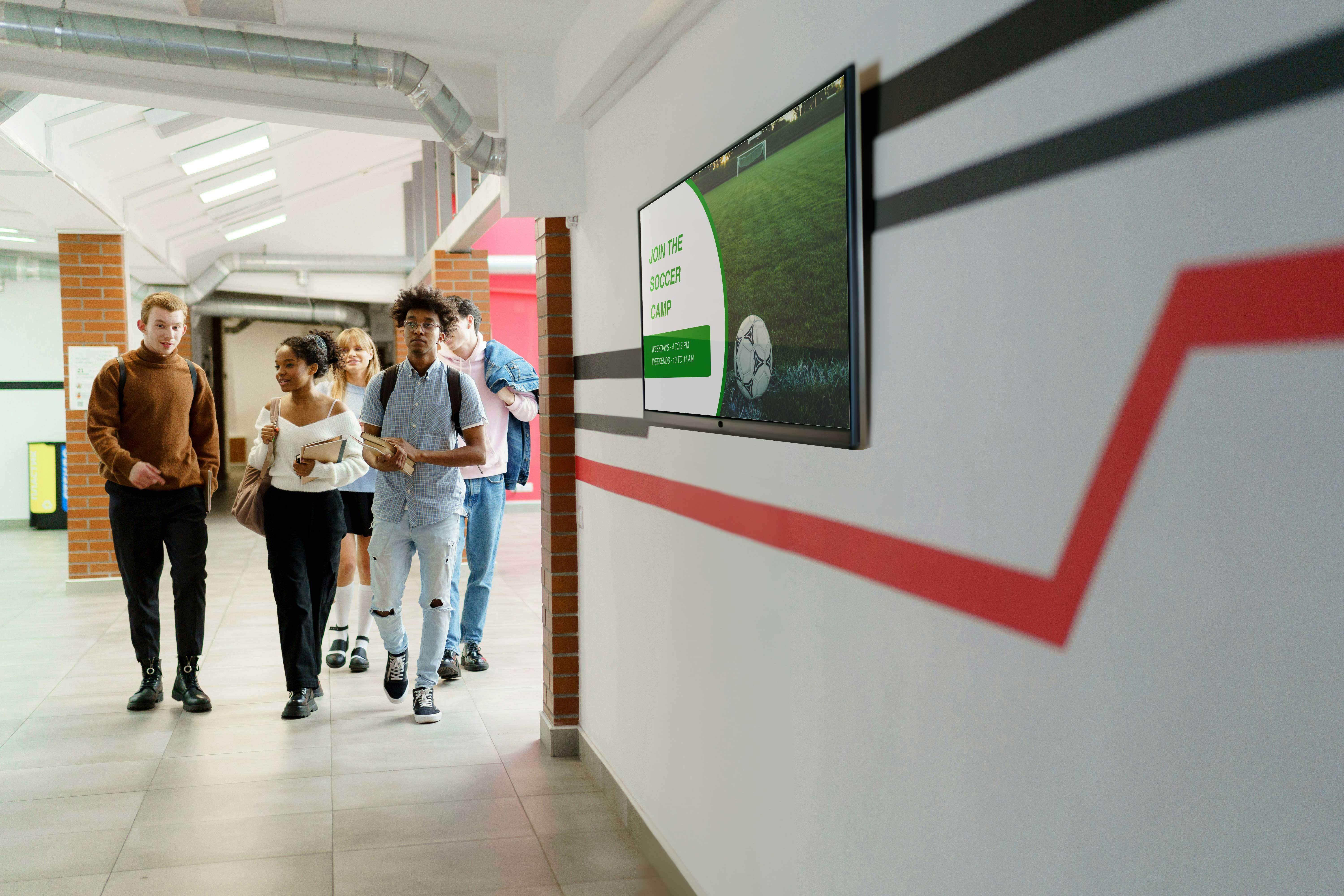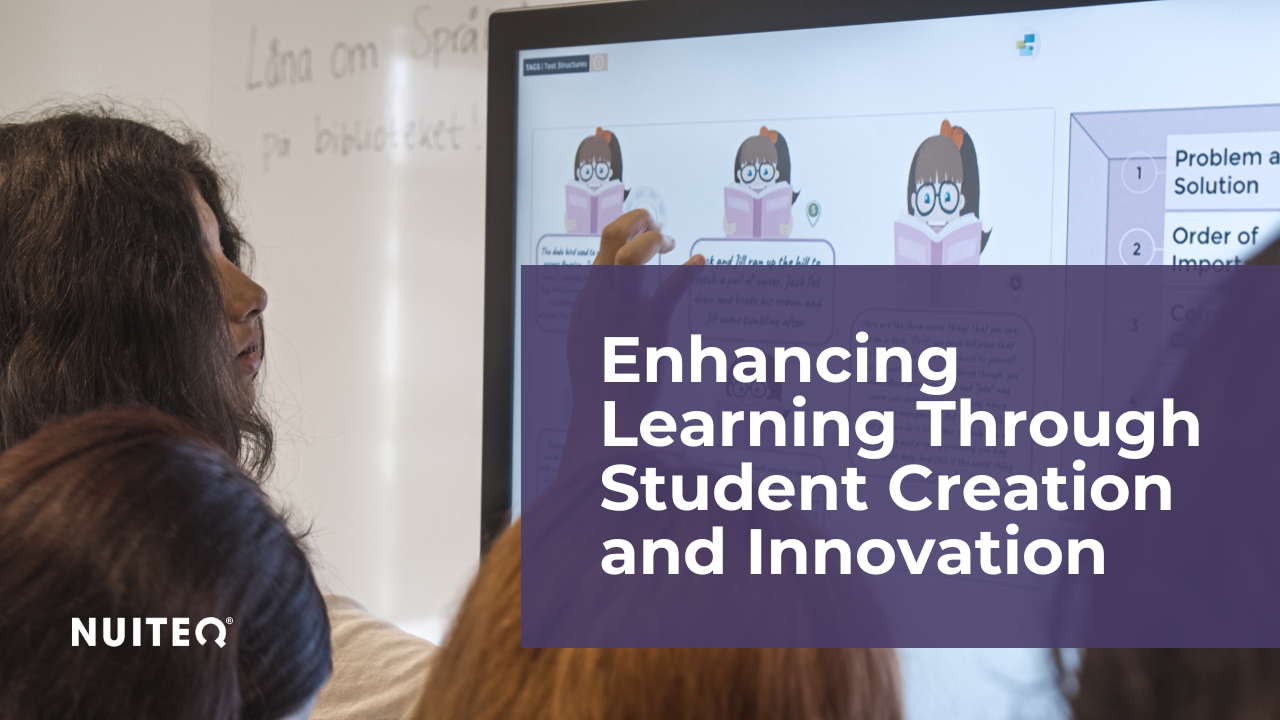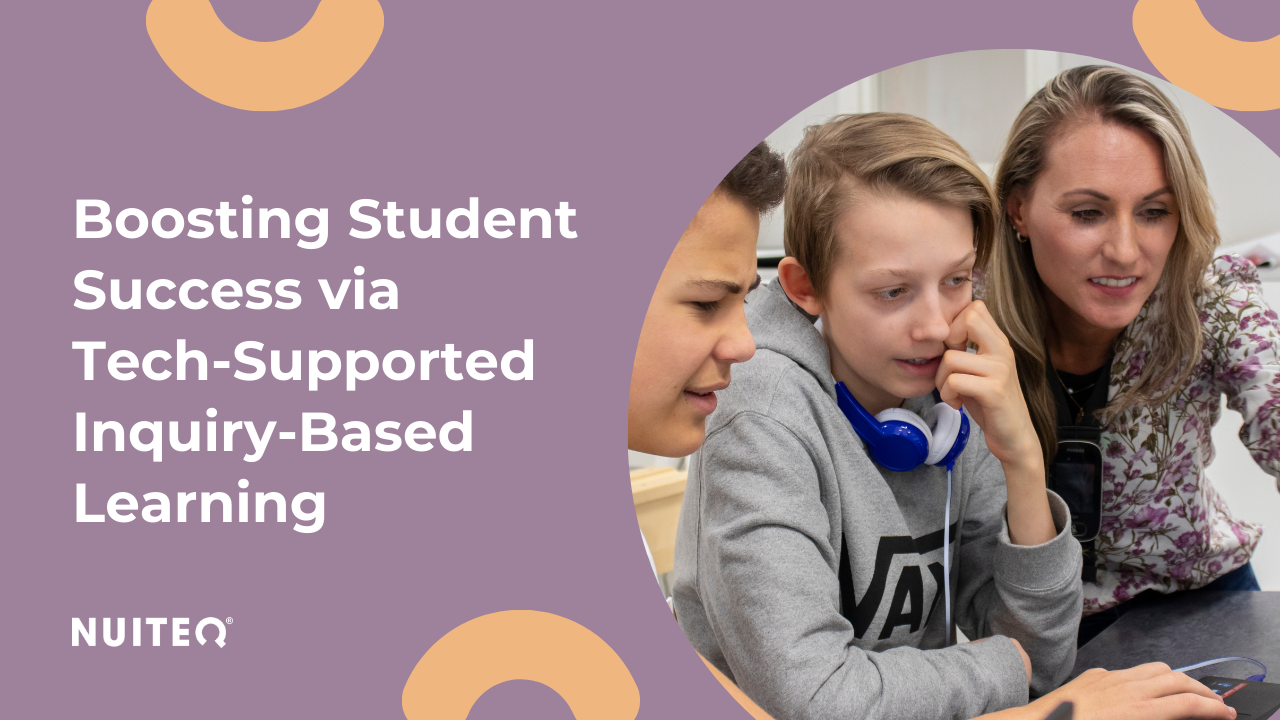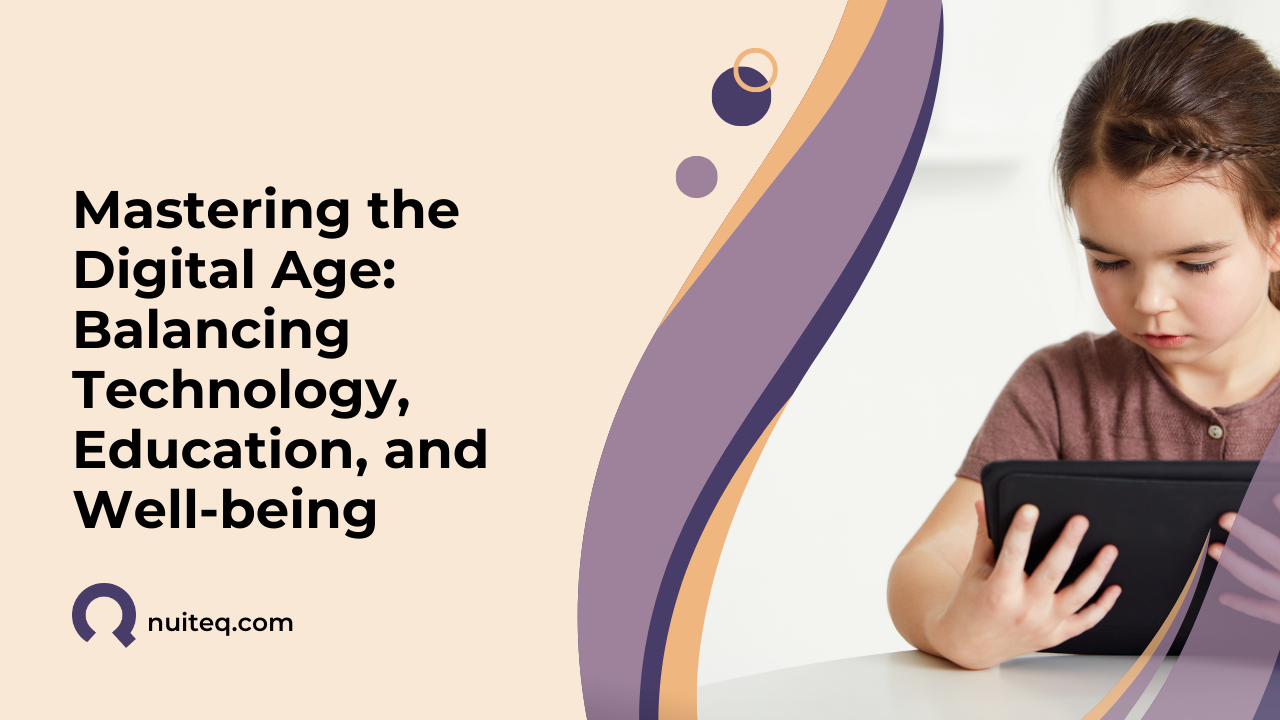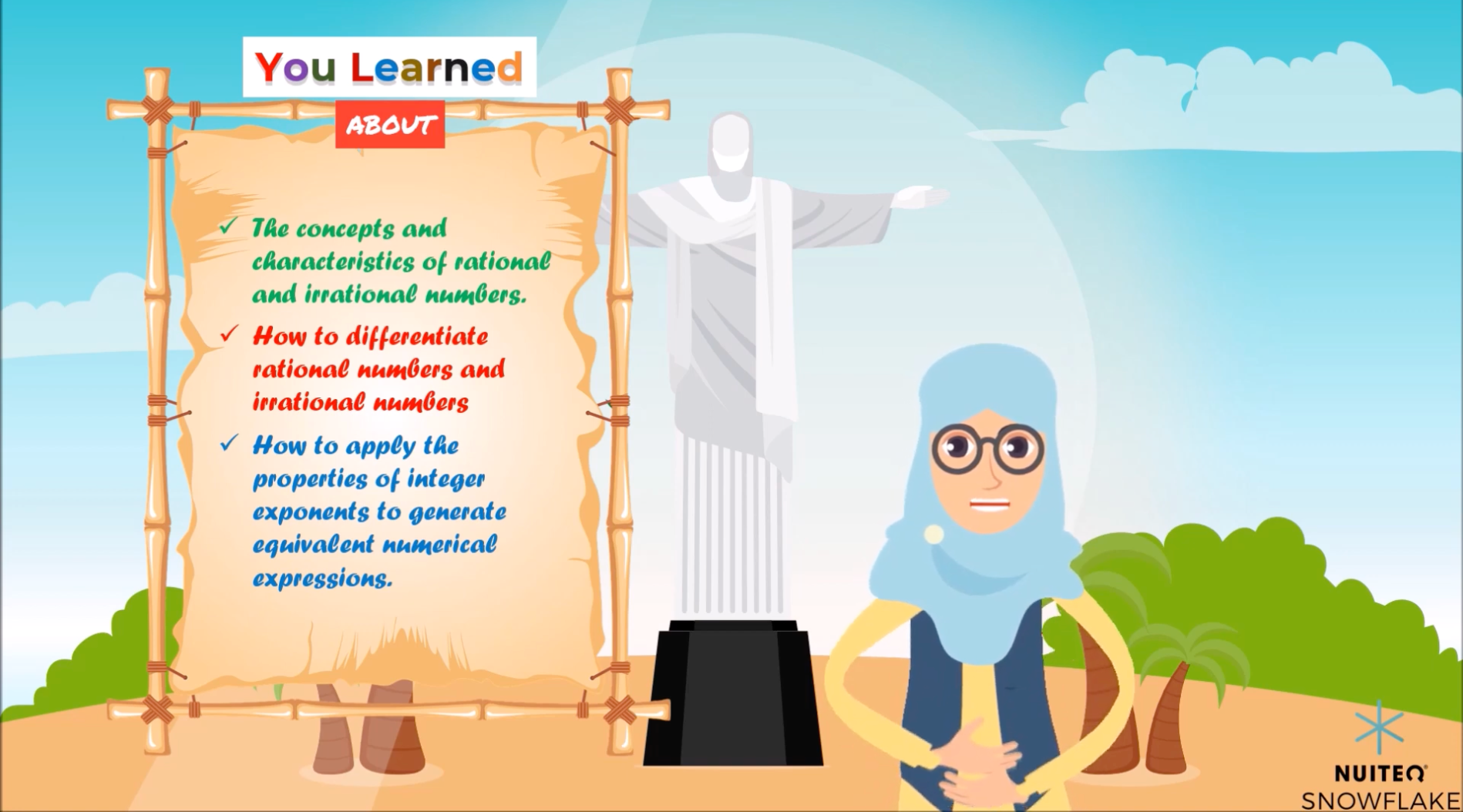Last year began just like every other year. We welcomed it with great expectations, hopes, plans, dreams, projects. Little did we know that those plans were really about to change drastically.
.png?width=1280&name=remote%20learning%20expectation%20vs%20reality%20(2).png)
Mother Nature’s wrath fell upon several renowned countries in the shape of wildfires, cyclones, earthquakes, a ridiculous amount of tropical storms, hurricanes, floods, tornadoes, and droughts all throughout the year.
But nothing compares to COVID-19.
I still remember when I spoke the first time to my frightened 5th graders, around January, about Covid-19. They had read about the case registered in Wuhan, China, on December 31, and the spreading of the disease, but they were more worried about the Australian fires and the survival of koalas. “How would they live without their homes?”
As days passed, and more information started to circulate in the local news. We, as a class, kept track of the COVID’s progression. At the beginning of March, one of my students said “A patient of COVID-19 was found in the Dominican Republic, a tourist.” I had not read the news yet, but I tried to keep calm… I mean… It was just a really bad flu, right?
We had more prompt issues to worry about since the Presidential Elections were right around the corner. Schools are regularly closed some days before for preparations and the closing of political campaigns. We did prepare some materials for our kids to take home. They were happy to have some days off. And so, we hugged and kissed goodbye, and wished each other a very good weekend.

Photo source: Unsplash
I should have hugged all my kids a little longer... That was the last time I saw them in person.
I live in the Dominican Republic. Although we have problems, we endure them thanks to the warmth of our people, our beautiful beaches, and our relatively simple life. Tourists love to visit us. Unfortunately, these tourists that hold our economy, spread the disease like powder. Within weeks, our country went from 1 patient to 16, to a thousand, to a hundred thousand…
Our Government decided that schools and all businesses needed to close their doors to avoid the spread of the virus. Our school had to completely redesign how it had operated for years in a matter of hours!
While stress about the situation was making people rush to supermarkets looking for cleaning supplies, canned food, water, and, yes, tons of toilet paper, we, the teachers, had to imagine how on Earth were we going to adapt to this new reality. Our teaching styles, our lesson plans, our pacing guides, our tests, our processes to ensure our learners would not miss a day of school and learn just as if they were there with us. Programs were adapted for remote learning, bought, evaluated; training sessions were held for the less tech-savvy teachers. I saw a lot of struggling teachers, but I saw collaboration soar, more helping hands, innovation, creativity, and resources than ever before. In the midst of chaos, I saw resilience and will power in my school. I will be forever thankful for that. 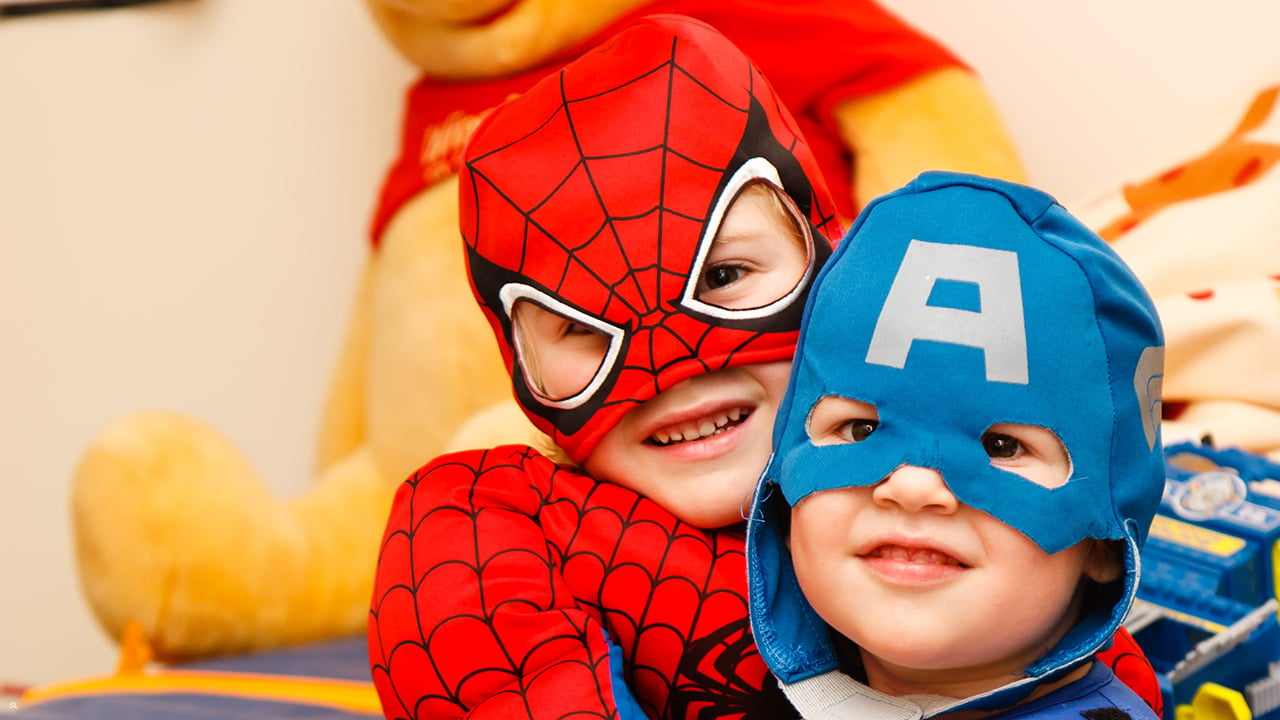
Photo source: Unsplash
Our students and parents were definitely heroes. Most assumed the challenge quickly. Parents stepped up to their role, some aware of the huge responsibility they had in their hands, as they also managed the changes in their own workspaces and lives in general. Most of them struggled to try to learn existing technologies available for their kids to use. Others, well… they did not. Kids were excited about this new way of learning and new technologies. Most of them did their best to attend their classes on time, follow their schedules, complete their assignments correctly. Others, well… they did not.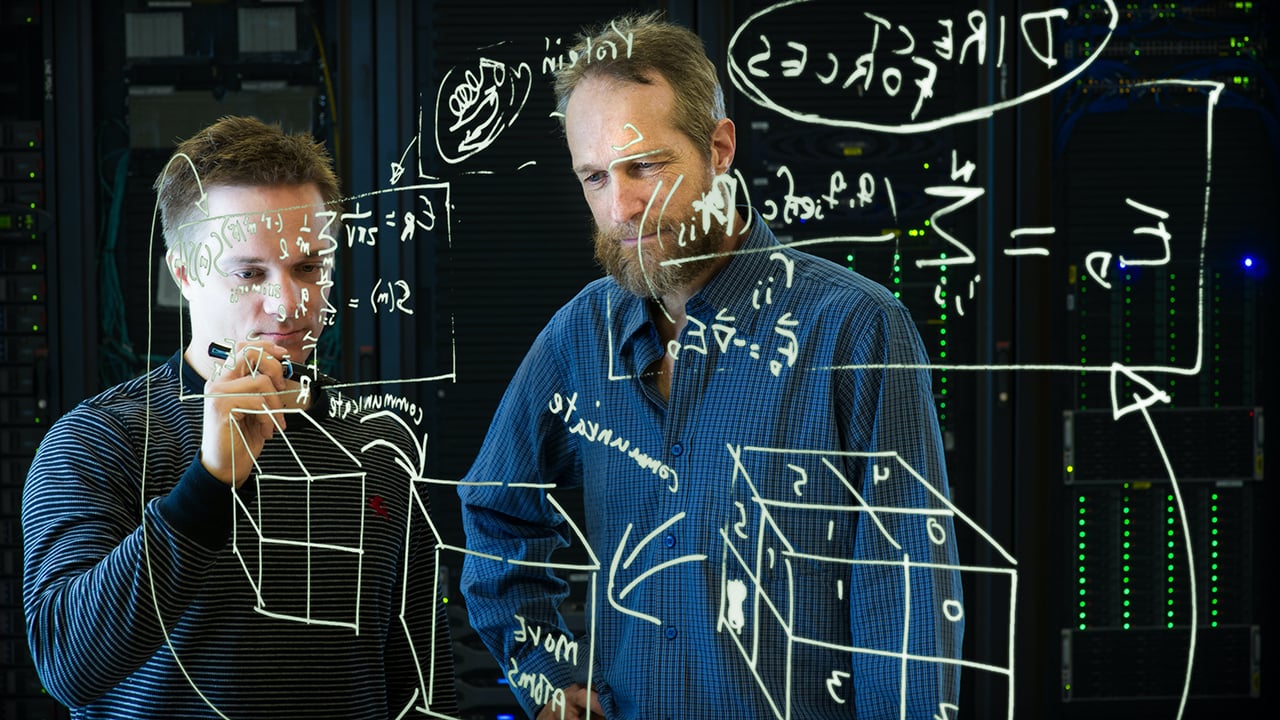
Photo source: Unsplash
Teachers, on the other hand, were going insane. We had to manage the changes in school, in our own personal lives, assuming the challenge of teaching our children online. In the live sessions, we were trying to keep their attention, teaching the content and helping them cope with their emotions, their display of pets, houses, rooms. When we were offline, recording videos, checking work, teaching parents to use the platforms, calling students who had missed the classes or were struggling with the content; while juggling with house chores, my husband and caring for my own child. Our usual workday of 7 hours became almost a 24h job, 7 days a week.
I cried more than I can count on those days. Thank God I always had a teacher friend who was there for me. And helping each other, through trial and error, tears, and positive vibes we successfully ended the school year 2019-2020.
Our school consistently recognized the hard work teachers did during the process. We went through it all together. But it was not over yet. The COVID-19 continues to be a threat around the world.
Our summer vacation was invested in teacher training. The school provided some, others were suggested by other teachers. We learned about curriculum design, essential standards, teaching strategies, remote learning, more technologies we could use to engage students, data management, testing, learning systems, emotional well being. Surveys were sent to parents, teachers, and students to learn what was or was not working and making the necessary adjustments to meet our students’ needs. Taking into account the suggestions from the experts. Resources were bought to meet these new needs. We faced a new challenge ahead: we had to start a new school year, online, with kids we did not know.
“The new normal”, they called this madness.
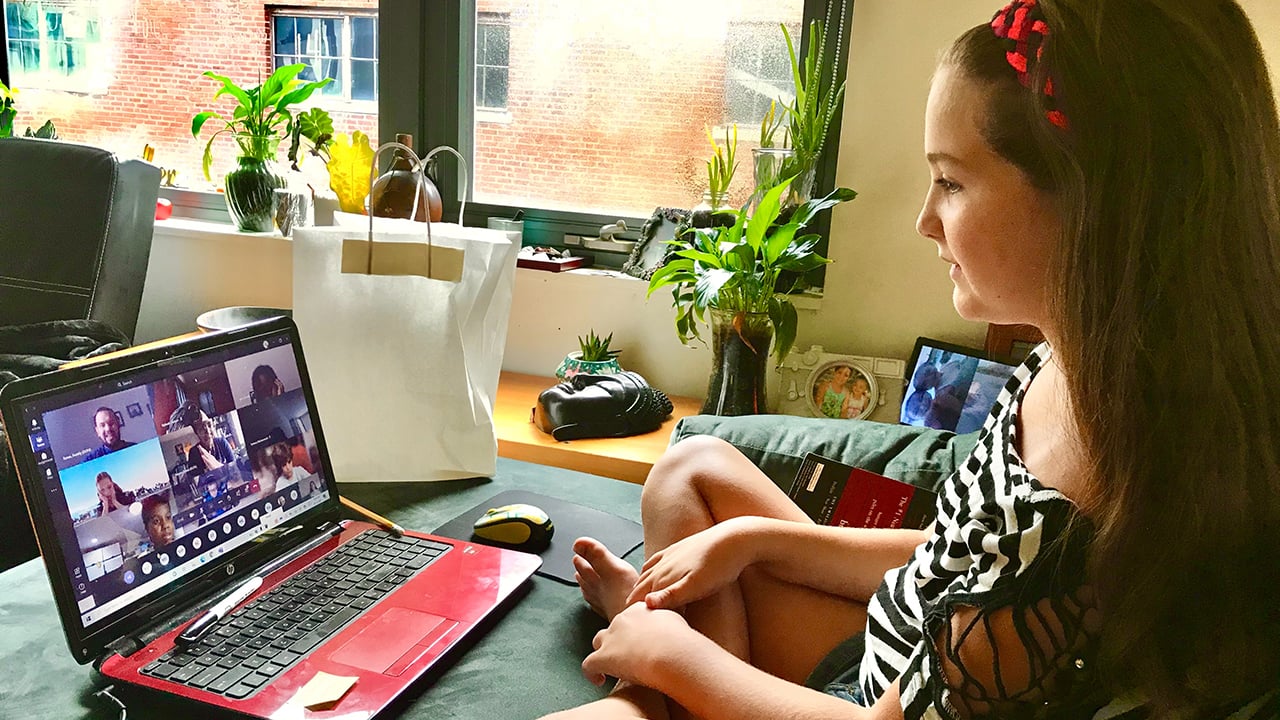
Photo source: Unsplash
And of course, everyone had their own idea in regards to how things should work out! I mean, we already knew how to do it, right?
So the new school year started with tons of expectations from parents, teachers, students and administrators on how things should work out. Here are some of them:
Expectation: The schools need to set up the stage in which all realities fit in
Reality: Every single house has a reality of its own. This is not a “one size fits all” situation. Since all children are unique and come from different backgrounds with parents that were dealing with adapting to a new reality, working from home, doing house chores, tending to the children and all of the sudden playing the role of teacher. We dealt with situations that arose due to connectivity issues, different types of devices, students’ emotional state and constant disruptions. Some parents lost their jobs, some students lost a parent or family member, some of them were locked up in places with open spaces, while others were locked down in apartments with limited spaces. The school learned to be flexible, to handle all those realities the best way possible. Our school made all necessary adjustments to the schedule, asked teachers to prioritize what students really need to master, extended periods of submission of assignments provided support for students and parents to target their emotional and academic needs.
Expectation: Parents and Administrators expected teachers could continue teaching or maintaining the school alive from a distance
Reality: Teachers adapted their teaching and learning strategies and tools, included differentiated activities, small grouping scenarios and support sessions in order for students to continue to grow academically. Spaces for social interaction among students were set up for every class to maintain students interacting and create a new online environment as “normal” as possible.
Expectation: Teachers must create interactive sessions that maintain students focused and attentive
Reality: This has been the greatest challenge, especially for preschool teachers. Our parent population required that their children received all synchronic classes, contrary to what most experts recommended - a schedule with a balance between synchronic and a-synchronic instructional time. Having the teachers available for students to work on assignments with them synchronically was the chosen option. Teachers designed activities that are short, interactive, fun and diverse to keep the students’ engaged. Time is our greatest challenge. The amount of work students are able to submit in the online class is significantly less than when they are in the classroom, so what they do must demonstrate mastery of the skill.
Expectation: Prioritize curriculum standards, but teachers must cover most of the curriculum
Reality: Adjustment to remote learning took time, and, as pointed before, time is everything in this context. Although this has worked well for us, it has required teachers to identify the essential standards necessary for the students to be successful in the next grade level. High expectations have been key to this process, but also, flexibility, communication among teachers, and constant support from administrators.
Expectations: Teachers must assess student learning to make sure they are really learning
Reality: Traditional assessments had to be adjusted to this new context. Additionally, we have turned to other types of assessments, like projects, Written essays, Hands-on Activities, Learning Journals, etc., that provide multiple opportunities for students to demonstrate their knowledge and express themselves creatively.
Expectations: Students would empower their learning process and perform without parental involvement
Reality: This has been the greatest takeaway from remote learning. Students are empowered. They understand that the responsibility for their learning relies heavily on them and they are stepping forward in doing the best they can to succeed. It is not a competition to see who reaches their target goals first, but it is the challenge they all need to conquer.
Eventually, we will be able to go back to our classrooms. My hope is that we continue implementing what worked and learn from our mistakes, as we see them as growth opportunities. My dream is that after all these hardships, we learn to embrace the vast diversity, not only of students, but of teachers, schools, and parents too! A positive attitude, gratitude, communication, resilience, and love for teaching and learning are our greatest assets. But above all, we need to give each other the time and the permission to figure this out, one day at a time.
Are you looking for educational software that will help you engage students in remote learning? Try NUITEQ Snowflake for free for 60-days!


 Sho stick
Sho stick


